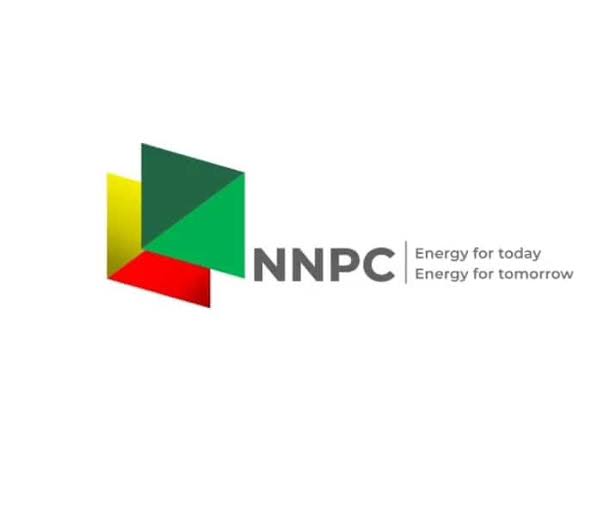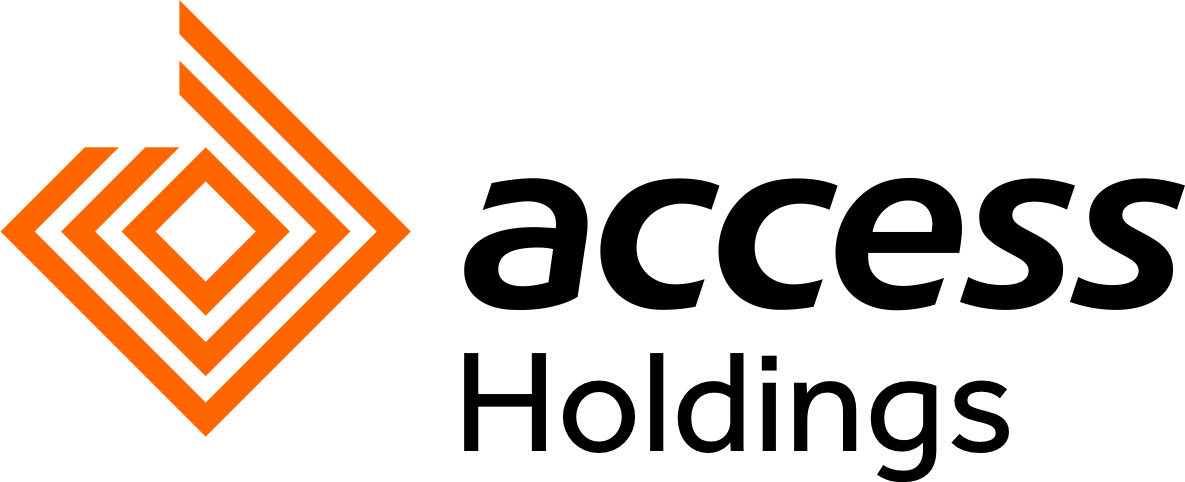
gettyimagesbank By Lee Yeon-woo Retail investors struggled this month as the benchmark KOSPI posted a modest 1 percent gain, dragged down by the underperformance of large-cap stocks. Despite the challenging conditions, foreign and institutional investors achieved impressive results, with the average price increase of their top 10 net purchases recording 23 percent during the same period. Market watchers attributed these differences to variations in investment strategies and access to information.
According to the Korea Exchange, the top 10 stocks most heavily bought by foreign investors from Oct. 2 to Monday showed an average gain of 23 percent. This was driven by a surge in SK hynix, the stock most favored by foreign investors, which saw its price rise approximately 15.
9 percent. The rise came after the company reported record-breaking quarterly earnings in the third quarter , bolstered by a smooth supply of fifth-generation high-bandwidth memory (HBM) chips. Hanwha Aerospace and Doosan Enerbility, which ranked second and third in net purchases, also rose by more than 21.
9 percent and 23.6 percent, respectively, thanks to robust exports in defense and small modular reactors. Foreign investors also focused their net purchases on Korea Zinc , KT, KB Financial Group, Hyundai Mobis, HD Korea Shipbuilding & Offshore Engineering , and Samsung Life Insurance.
Similarly, the top 10 stocks most actively purchased by institutional investors also experienced a significant gain of 22.4 percent. Hyundai Mobis , with the most net purchases, saw its stock price rise by approximately 17.
9 percent during this period. Institutional investors also focused their buying on Korea Zinc, Doosan Enerbility, HYBE and Hana Financial Group. While the investment portfolios of foreign and institutional investors overlapped in some areas, retail investors made different choices.
The top 10 stocks they purchased recorded an average loss of 1.7 percent , with nine of these 10 stocks seeing prices decline. Samsung Electronics, the most heavily purchased stock by retail investors, dropped 5.
2 percent. The decline was linked to delays in the approval of fifth-generation HBM supplies to Nvidia and weaker-than-expected third-quarter earnings. Kia and Hyundai Motor, the second and third most purchased stocks respectively, both fell by more than 3 percent.
Hanwha Industrial Solutions, which ranked 10th in net purchases, was the only stock to post a positive return, surging 29.3 percent. The stark difference in investment performance between retail and foreign investors can be attributed to their differing abilities to identify and invest in high-value stocks, according to Suh Ki-soo, a finance professor at Seokyeong University.
Investment strategies differ as well — retail investors tend to focus on buying stocks at low prices, often adding to their portfolios after foreign and institutional investors sell and drive prices down, according to a 2022 report by the Korea Capital Market Institute (KCMI). Additionally, if these stocks decline further, retail investors frequently buy more or delay their sales, easily influenced by psychological factors and external circumstances. "To improve retail investors' performance and maintain the efficiency of the capital market, it is essential to devise measures to mitigate behavioral biases and their impact on investment decisions," said Kim Min-ki, a research fellow at KCMI, recommending an increased focus on professional consulting and financial education.
.














